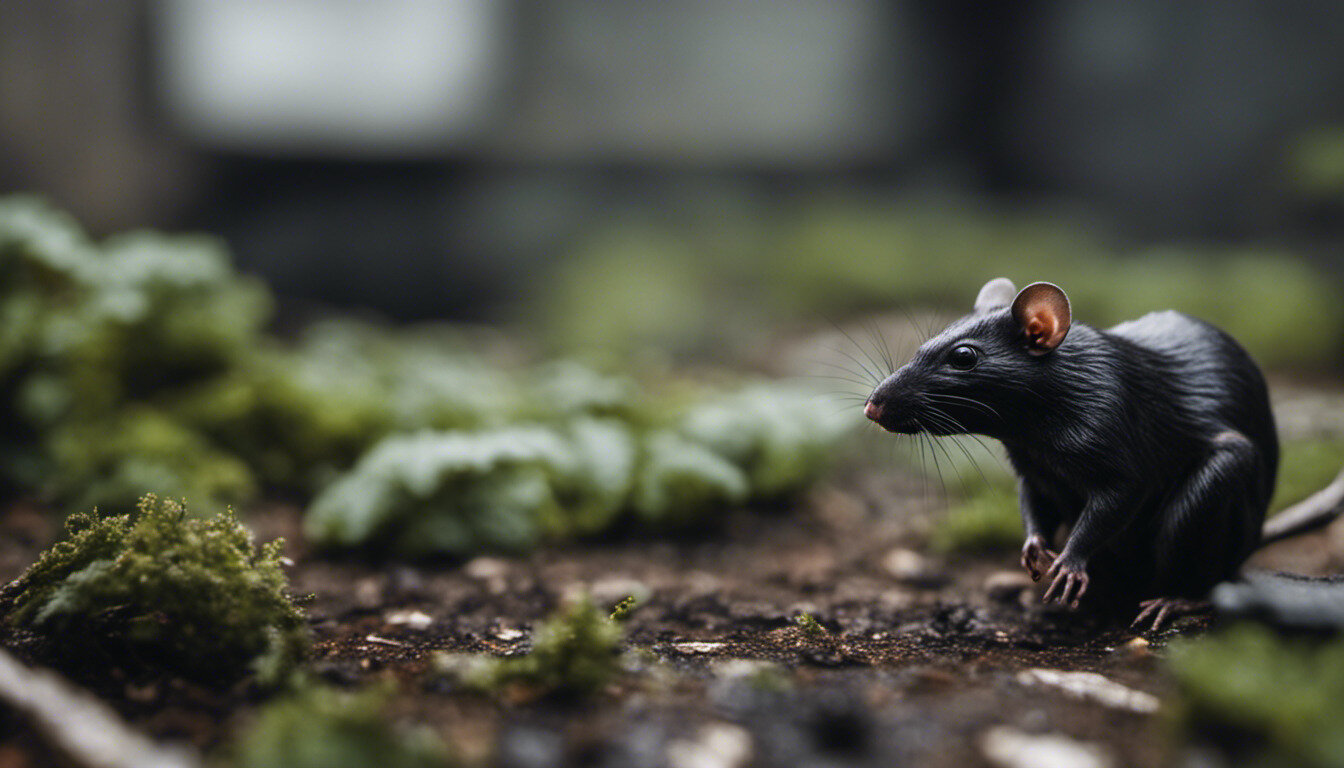
Between 1347 and 1353, the Black Death ravaged Europe and claimed millions of lives. Following that, plague outbreaks persisted in Europe into the 19th century. Rats were responsible for the plague’s spread across Europe, which is one of the plague’s most frequently stated facts. The plague-causing bacteria, Yersinia pestis, can be found in wild rats and their fleas in several parts of the world. The term “reservoir” for animals is used here.
Although the plague first affects rodents, it occasionally spreads to people. It’s possible that Europe formerly had animal reservoirs that led to plague pandemics. However, the pandemic might have periodically returned from Asia. There is still debate among scientists on which of these possibilities actually occurred.
A new study, which was reported in the Proceedings of the National Academy of Sciences (PNAS), has demonstrated that the environmental circumstances in Europe would not have allowed the plague to remain in long-term, persistent animal reservoirs. How, therefore, did the plague last so long in Europe?
Slow-moving rats may not have played a crucial role in disease transmission
Our study presents two options. One was the reintroduction of the disease from Asian reservoirs. Second, there might have been transient reservoirs in Europe for a short or medium period of time. The two possibilities may have also supported one another. Slow-moving rats may not have played the crucial role in disease transmission that is frequently suggested, however, as evidenced by the Black Death’s quick spread and numerous outbreaks in the next few centuries.
We looked at things like soil qualities, climate circumstances, terrain types, and rodent species to see whether plague might endure in long-term animal reservoirs in Europe. These things appear to have an impact on how long a disease can survive in reservoirs.
For instance, though it is not entirely clear why, high soil concentrations of some elements, such as copper, iron, and magnesium, as well as a high soil pH (whether it is acidic or alkaline), cooler temperatures, higher altitudes, and lower rainfall, appear to favor the development of persistent reservoirs.
Long-term and persistent rodent reservoirs may have been present in central Asia for thousands of years
From the Black Death of 1348 through the early 19th century, according to our comparison analysis, long-term wild rodent plague reservoirs were even less likely to have existed than they are now when thorough research rules out any such reservoirs in Europe. This stands in stark contrast to areas in China and the western US, where all of the aforementioned factors are present for persistent Yersinia pestis reservoirs in wild rodents.
Long-term and persistent rodent reservoirs may have been present in central Asia for thousands of years. Once plague entered Europe from central Asia, it appears to have sown a short- or medium-term reservoir or reservoirs in European wild rats, as ancient DNA and linguistic evidence suggest. Central Europe was the most likely location for this to have occurred.
Further research is required to answer issues like the specific roles performed by people and rats during previous plague pandemics
The disease had to be reimported, at least in some cases, because the local soil and climate did not favor long-term and persistent reservoirs. It’s important to note that the two possibilities are not antagonistic.
Further research is required to answer issues like the specific roles performed by people and rats during previous plague pandemics. However, this study and others have demonstrated that when scientists and historians collaborate, significant advancements can be reached.
